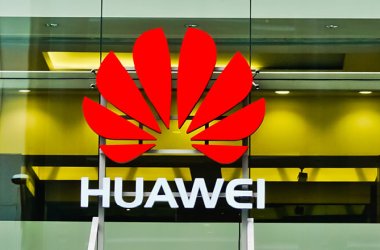Android continued to increase its dominance of the smartphone market during the second quarter, powered by Samsung’s success. Competitor Apple in contrast struggled somewhat as consumers held out for the next iteration of the iPhone, Gartner said on Tuesday.
Smartphone sales to end users grew year-on-year by 42.7 percent in the second quarter to 153.7 million units, and accounted for 36.7 percent of total sales.
While smartphone sales continued to grow, overall phone sales continued to struggle, and dropped by 2.3 percent to end up at 419 million units.
There is no doubt that Samsung is currently the most successful phone vendor. Samsung’s overall sales were up 29.5 percent year-on-year to 90.4 million units. Growth was driven by record sales of Samsung’s Galaxy smartphones which totalled 45.6 million units.
The Galaxy S III was the most popular Android-based smartphone during the second quarter, said Anshul Gupta, principal research analyst at Gartner. Sales of the smartphone could have been even higher but for product shortages, he said.
The Galaxy S II also continued to be popular, thanks to price cuts, according to Gupta.
Samsung’s success propelled Android to a 64.1 percent market share, compared to 43.4 percent during the second quarter last year and 56.1 percent during the first three months of 2012.
Android was also helped by HTC, which managed to sell 9.3 million smartphones to end users during the second quarter. That is up from 7.7 million during a difficult first quarter, but down from the 11 million it sold during the second quarter of 2011, according to Gartner.
“HTC has done extremely well considering its performance in the first quarter. But the market expanded even faster, so it wasn’t enough to give it a market share boost,” said Gupta.
Besides Samsung and HTC, other backers of Android like LG Electronics, Motorola and Sony are having a hard time connecting with consumers, according to Gupta.
“They continue to struggle with their Android portfolio. They have not been able to launch successful products in the second quarter,” said Gupta.
While Apple’s iOS market share grew slightly year-over-year, it declined by 3.7 percentage points quarter-on-quarter, as users postponed their upgrade decisions in most markets ahead of the upcoming launch of the iPhone 5, according to Gartner.
Apple sold 28.9 million iPhones to end users during the second quarter.
Depending on when the new iPhone arrives, Apple could have either a weak or good third quarter. But when the smartphone starts shipping it will give current iPhone owners “the greatest upgrade opportunity yet,” according to Gartner.
The market research company expects the iPhone 5 will have a larger screen and other stylistic changes.
Apple isn’t the only company hoping new products will result in a sales boost. Nokia and Microsoft are both dependent on sales of smartphones based on the upcoming Windows Phone 8 operating system. But breaking Android’s dominance is becoming very, very difficult for Nokia and Microsoft, Gupta said.
During the second quarter Nokia sold around 3.3 million smartphones running Windows Phone to end users, and the overall sale of Microsoft-based smartphones were 4.1 million. The latter number compares to 1.7 million in the second quarter of last year.
Symbian, RIM OS and Samsung’s Bada were still more popular than Windows Phone among users.
However, there was also some good news for Nokia during the second quarter. The sales of its feature phones have gone up, which was an achievement because the market as a whole saw sales dropping, Gupta said.
Sales of smartphones will continue to grow during the rest of the year, and end up at over 660 million in 2012, which is better than projections Gartner made at the beginning of the year, according to Gupta.





